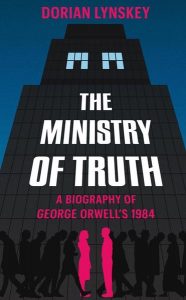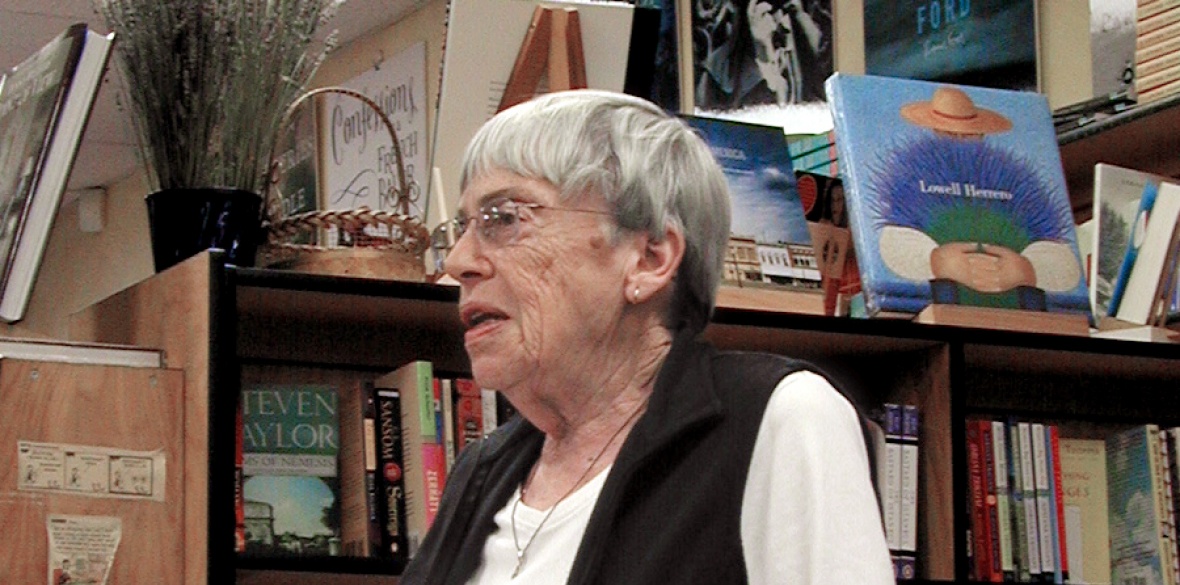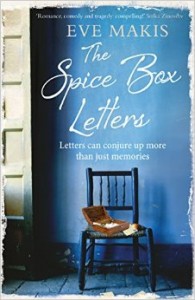A Theatre for Dreamers, by Polly Samson (Bloomsbury, £14.99)
“I wish this summer would last forever.”
The speaker is Marianne, the reporter is Erica, the narrator of this fictional memoir of the summer of 1960 on Hydra island in Greece. Erica is a troubled, naive eighteen year old who flees London and a brutal father after the death of her mother. She and her boyfriend head for Hydra to join a friend of her mother’s, Charmian, the matriarch of an ever-changing international community of writers and artists sojourning on the island.
The Marianne in question is Marianne Ihlen, a real person and sometime muse of Leonard Cohen. Marianne’s disastrous relationship with her husband Axel Jensen and her affair with Leonard Cohen forms a major part of the book. For this book, though fiction, weaves in and out of the real lives of Marianne, Cohen and, more, the lives of the charismatic and beautiful writer Charmian Clift and her ghastly husband George Johnston – chain-smoking, suffering from TB and causing others to suffer from his bitter tongue. Johnston was another writer who had worked in 64 countries, reporting on war. Throughout the book he sucks energy from Charmian whose own writing suffered.
 Erica watches all this. She is taken under her wing by Charmian, for reasons only clear at the end of the book, which ends in modern time with Erica one of the few survivors from those days looking back. to 1960 and a subsequent visit ten years later.
Erica watches all this. She is taken under her wing by Charmian, for reasons only clear at the end of the book, which ends in modern time with Erica one of the few survivors from those days looking back. to 1960 and a subsequent visit ten years later.
And what days those were, and people “… keep coming… all with their pocketbooks of names who might be relied on for a meal or a bed in Ibiza, Paris, Venice, Tangier, Corsica or Casablanca.” To spend their time, and why not, where you can go “… outside to pick vine leaves. Beyond the high courtyard walls the island bells ring: mountain bells from churches and goat bells and the jingling of passing donkeys. [Where the] light falls tender green… [and] an ancient lemon tree is splinted but defiantly beautiful with both blossom and fruit.” There people can “swim late at night and lie naked between the moon and the tide on the still-warm rocks”. Or, like Cohen, write for 24 hours solid on Benzedrine, while seducing Marianne, Charmian and everyone else for that matter.
The island has a port, tavernas, impossibly steep streets up which people have to carry their supplies including water – there were no cars on the island. Indeed there are still no cars on the island though I believe what was once a working island is now overrun by the wealthy from Athens, and those on the Leonard Cohen trail. But this is 1960 and while the tavernas need the trade of the internationals, as does the water seller who charges them more than the locals, there is little interaction between the islanders and their quarrelsome bohemian visitors. It is not the islanders who are insular, but the internationals even though the central couple have lived there a decade.
We are left to guess what the islanders think. There is a passing reference to a traditional religious parade of local women, covered head to toe in peasant costume which contrasts with the young, bronzed women visitors covered in very little. But we are left to guess as local people form little more than a backdrop to the parties, the drinking, the bed-hopping and the petty jealousies of those who leave at the end of summer.
And yet, as the main story ends with Charmian and George themselves leaving for Britain at the end of that summer Polly Sampson’s description of the various birds of passage moving on I was left with regret that I was leaving too. Erica stays on for a few months, leaving the day the almond trees come into blossom.
The lives of a number of the Hydra characters has been picked over, especially that of Leonard Cohen and Marianne. Some ended tragically, not least the Johnston family, and not only Charmian and George but their children – young in this book. Some of this is prefigured in a slow moving, sometimes annoying – because so many of the people were annoying – but ultimately successful novel which blends fiction with truth. A Theatre for Dreamers makes me wish I was there in 1960 but also to thank the stars that was neither my time nor my life.
A Theatre for Dreamers is available for £14.99 post free from bookshop@fiveleaves.co.uk
Ross Bradshaw

 The Ministry of Truth doesn’t claim to be a complete biography of Orwell. But it does attempt to chart the life of his most famous novel, from conception to the modern day, decades past the point Orwell had succumbed to the illness that so blighted and dragged out the writing of it. In the years in between Catalonia and Jura [where he wrote Nineteen Eighty-Four], Orwell grew steadily in stature as a public literary figure. With that profile came renown, much praise and – perhaps inevitably, given his tendency for truculence and “intellectual brutality” – many opponents.
The Ministry of Truth doesn’t claim to be a complete biography of Orwell. But it does attempt to chart the life of his most famous novel, from conception to the modern day, decades past the point Orwell had succumbed to the illness that so blighted and dragged out the writing of it. In the years in between Catalonia and Jura [where he wrote Nineteen Eighty-Four], Orwell grew steadily in stature as a public literary figure. With that profile came renown, much praise and – perhaps inevitably, given his tendency for truculence and “intellectual brutality” – many opponents. Blower has been compared to Alan Bennett: the monologue is her preferred form and she shares Bennett’s knack for revelation through detailed observation and telling omission. The similarity ends there. Blower’s purpose is to find a voice for people often dismissed as inarticulate. Her narratives are direct and accessible, but there’s variety of both situation and style. Some are traditional monologues, others more dialogue driven; some are related from the first-person point of view, others use second-person; some are related by people struggling to survive, others by observers who have escaped the circumstances of those less fortunate.
Blower has been compared to Alan Bennett: the monologue is her preferred form and she shares Bennett’s knack for revelation through detailed observation and telling omission. The similarity ends there. Blower’s purpose is to find a voice for people often dismissed as inarticulate. Her narratives are direct and accessible, but there’s variety of both situation and style. Some are traditional monologues, others more dialogue driven; some are related from the first-person point of view, others use second-person; some are related by people struggling to survive, others by observers who have escaped the circumstances of those less fortunate.


